There are some case studies which were followed up and couldn’t succeed in saving lives.
One thalassemia kid with AB-ve (AB Negative) blood group which require blood transfusion once in every month got died due to unavailability of blood donors.
If everyone donates blood, there won’t be any situation like this.
One cancer patient with O+ve (O Positive) blood group died due to unavailability of platelets on time.
If donors donate blood and platelets on time, there won’t be any deaths due to this.
One pregnant lady with A-ve (A Negative) admitted in hospital due to blood loss. One donor immediately responded and donated blood to her. She gave birth to a girl.
Donor donated blood on time, transfusion done, and the patient is safe.
Like this there are so many requests waiting for blood, platelets and other components.
If everyone has awareness on blood donation and donate regularly, there won’t be any shortage of blood in blood banks.
Remember, your single donation of whole blood can save up to 3 lives.
Try to donate at least once in 6 months.
Annual Blood Requirement in India:
Every year, India requires approximately 14.6 million units of blood.
Shockingly, our country faces an annual deficit of 2 million blood units due to limited donations.
Only 1% of the Indian population donates blood each year.
In the challenging year of 2020 (amidst the COVID-19 pandemic), 12.7 million units of blood were donated.
Additionally, it’s worth noting that nearly 12,000 individuals die in India each day due to the non-availability of quality blood.
India needs approximately 14.6 million units of blood annually.
The eligible donor population in India is estimated at 402 million.
Every year, approximately 118.5 million units of donated blood are collected worldwide.
AB positive is considered the universal acceptor of blood, meaning AB positive individuals can receive blood from any blood group.
Conversely, O negative is the universal donor, allowing O negative individuals to donate blood to anyone with a different blood group.
Blood can be separated into various components: red cells, platelets, plasma, and cryoprecipitate.
A single unit of blood can save up to three lives when its components are used effectively.
All donated blood products undergo rigorous screening for HIV, hepatitis B, hepatitis C, and syphilis before transfusion to ensure safety.
Remember, blood donation is a selfless act that can make a significant impact on someone’s life.
Blood donation drives often witness a surge during natural disasters, festivals, and awareness campaigns.
These events encourage people to step forward and donate.
The youth play a crucial role in blood donation. Colleges, universities, and youth organizations actively organize donation camps.
O Positive (O+) is the most common blood type in India, followed by B Positive (B+) and A Positive (A+).
Blood types like AB Negative (AB-) and B Negative (B-) are relatively rare but essential for specific patients.
The COVID-19 pandemic disrupted blood donation drives due to lockdowns, fear, and reduced mobility.
Blood banks adapted by implementing safety measures to protect donors and staff.
Social media platforms have become powerful tools for spreading awareness about blood donation.
Hashtags like #DonateBlood and #BloodDonation trend during critical times.
The National Blood Transfusion Council (NBTC) oversees blood transfusion services in India.
India aims to achieve 100% voluntary blood donation to ensure safety and reduce dependence on replacement donors.
Blood donation is not just a medical necessity; it’s a humanitarian act.
Let’s continue to promote awareness, dispel myths, and encourage more people to donate blood regularly.
Together, we can save lives!
Kindly share your opinion or any additional points if I miss anything here.
Gaining knowledge is not about knowing everything about something; it is about knowing something about everything.
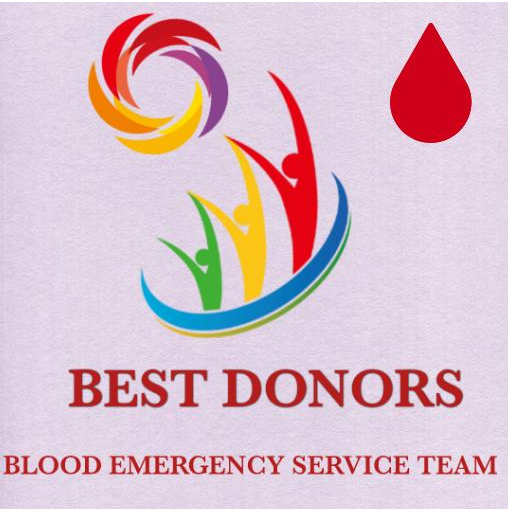
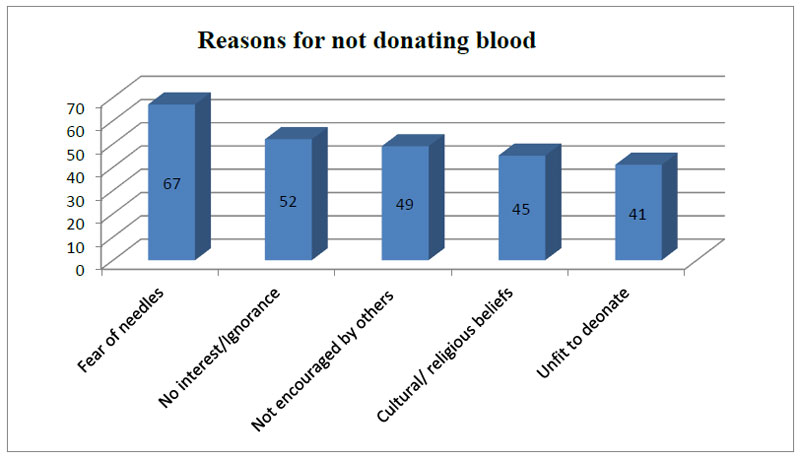
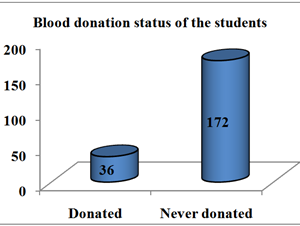

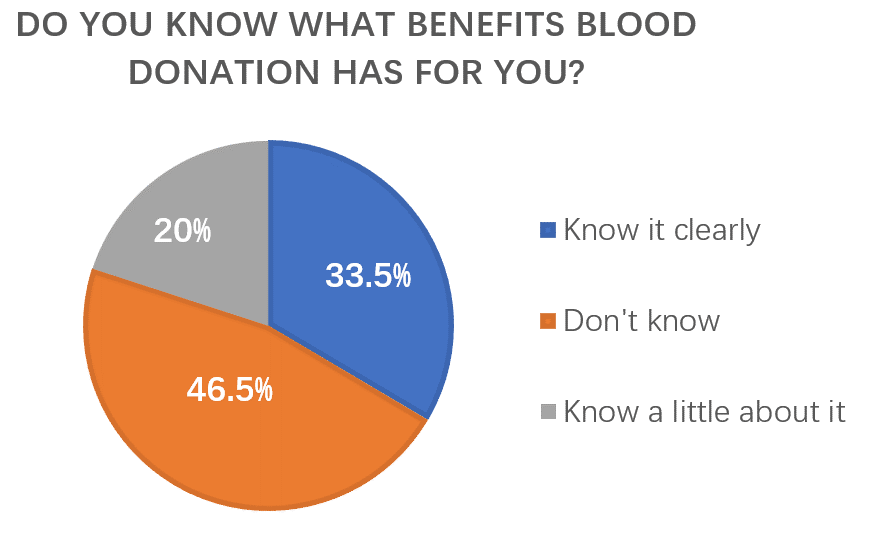
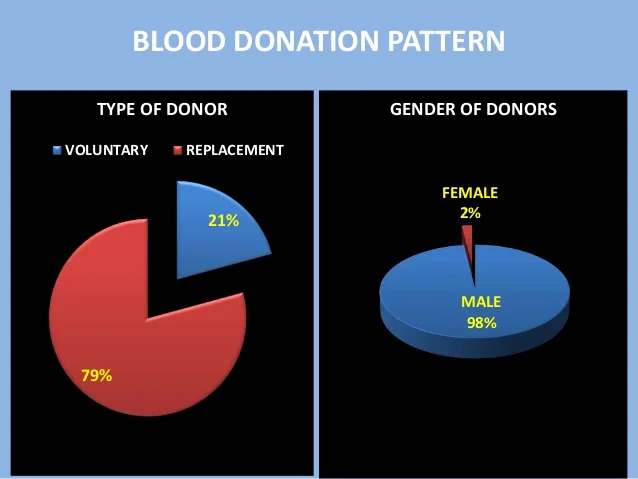
Hello Sir, Thank you for providing this info at one place.
Actually, I’m using this info in a project regarding blood, so can you please provide reply to me from where you got these data.
> Blood Donor Pattern
> Reasons not donating blood
I researched various websites to gather information about it.